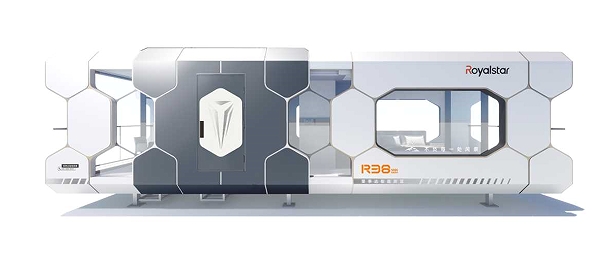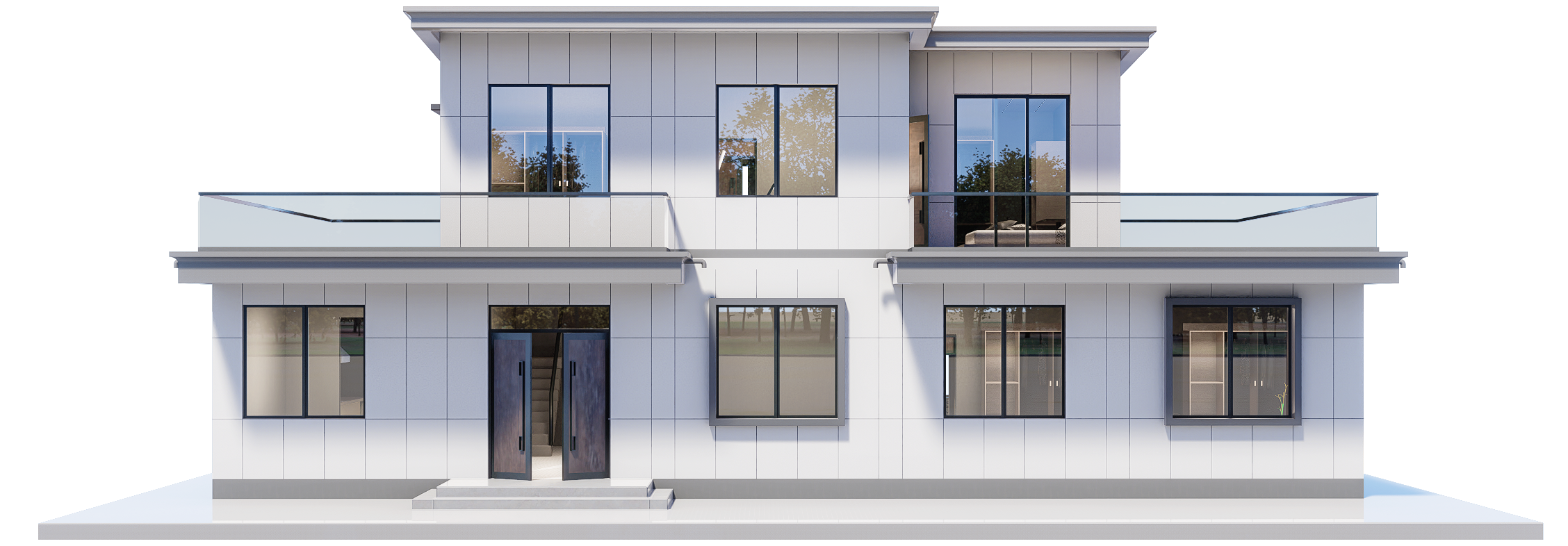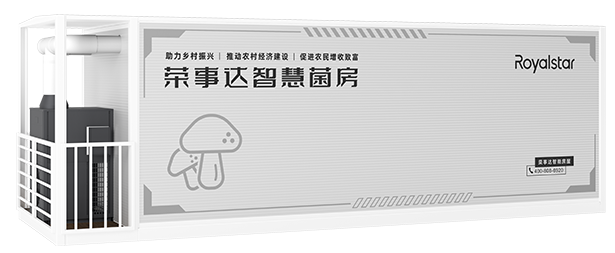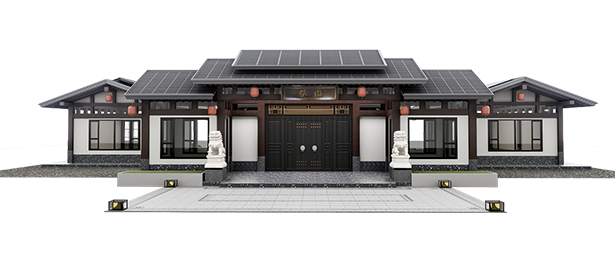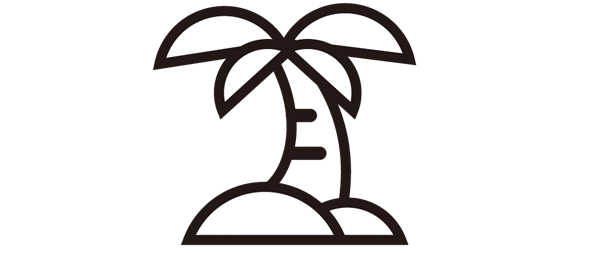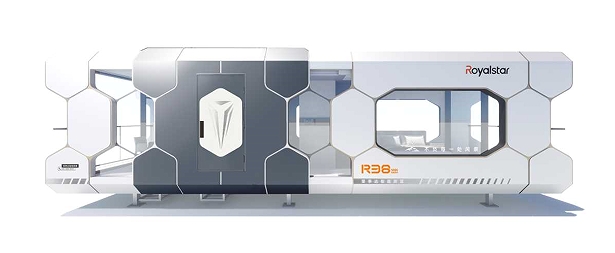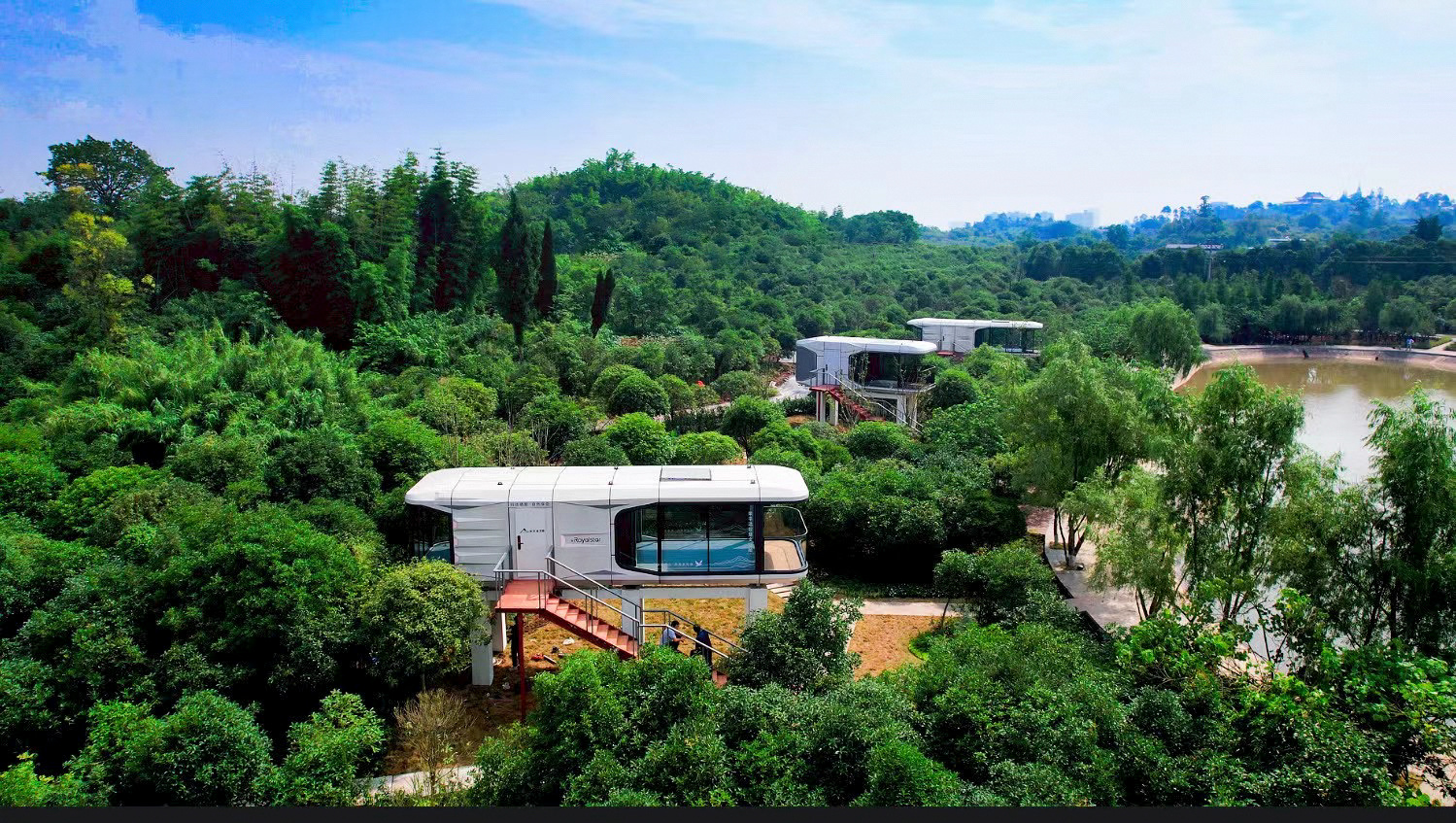The Future of Living: Understanding Prefab Houses
Prefab houses, short for prefabricated houses, represent a significant evolution in construction and home design. These homes are built using pre-made components that are manufactured off-site and then transported to the final location for assembly. This method streamlines the construction process, often reducing the time needed to build a house significantly compared to traditional methods, which
Data:
2025-07-29 20:40
Prefab houses, short for prefabricated houses, represent a significant evolution in construction and home design. These homes are built using pre-made components that are manufactured off-site and then transported to the final location for assembly. This method streamlines the construction process, often reducing the time needed to build a house significantly compared to traditional methods, which can be advantageous for individuals seeking to move into a new space quickly.
One of the key benefits of prefab houses lies in their efficiency in production. The components are crafted under controlled conditions, which reduces waste and allows for better quality control. This factory-built approach also means that homes can be designed to meet various safety standards and regulations, an essential consideration for any homeowner. Moreover, the consistent building environment minimizes the impact of weather delays and construction errors that can be common with on-site builds.
Sustainability is another factor that plays a significant role in the appeal of prefab houses. Many companies focus on using eco-friendly materials and energy-efficient designs, aligning with the growing demand for sustainable living options. Prefab homes can often incorporate smart home technology seamlessly, enhancing the overall safety and comfort of the living environment. Homeowners can integrate security systems, smart thermostats, and automated lighting, all designed to improve energy efficiency and provide peace of mind.
Beyond the sustainability aspect, prefab houses can also be customized to cater to individual tastes and needs. Whether it’s a modern aesthetic or a more traditional look, customization options allow homeowners to personalize their living spaces. The increasing availability of various designs allows buyers to select styles that resonate with their lifestyles while still benefiting from the efficiencies of prefab construction.
Furthermore, as urban areas become increasingly dense, prefab houses offer a viable solution to housing shortages. These homes can be built in various sizes and configurations, making it easier to utilize smaller plots of land effectively. This flexibility in design makes them a suitable option for a wide range of demographics, from young professionals to families seeking additional space without the burdens of traditional construction timelines.
In conclusion, prefab houses are not merely a trend but a testament to how innovation can redefine home construction. They are a safe, efficient, and customizable option that aligns with the modern demands for sustainability and smart living. By understanding the benefits of prefab homes, potential homeowners can make informed decisions that cater to their lifestyle needs while contributing positively to the environment. Whether for first-time buyers or those looking to downsize, prefab houses represent a forward-thinking approach to home ownership in today's fast-paced world.
One of the key benefits of prefab houses lies in their efficiency in production. The components are crafted under controlled conditions, which reduces waste and allows for better quality control. This factory-built approach also means that homes can be designed to meet various safety standards and regulations, an essential consideration for any homeowner. Moreover, the consistent building environment minimizes the impact of weather delays and construction errors that can be common with on-site builds.
Sustainability is another factor that plays a significant role in the appeal of prefab houses. Many companies focus on using eco-friendly materials and energy-efficient designs, aligning with the growing demand for sustainable living options. Prefab homes can often incorporate smart home technology seamlessly, enhancing the overall safety and comfort of the living environment. Homeowners can integrate security systems, smart thermostats, and automated lighting, all designed to improve energy efficiency and provide peace of mind.
Beyond the sustainability aspect, prefab houses can also be customized to cater to individual tastes and needs. Whether it’s a modern aesthetic or a more traditional look, customization options allow homeowners to personalize their living spaces. The increasing availability of various designs allows buyers to select styles that resonate with their lifestyles while still benefiting from the efficiencies of prefab construction.
Furthermore, as urban areas become increasingly dense, prefab houses offer a viable solution to housing shortages. These homes can be built in various sizes and configurations, making it easier to utilize smaller plots of land effectively. This flexibility in design makes them a suitable option for a wide range of demographics, from young professionals to families seeking additional space without the burdens of traditional construction timelines.
In conclusion, prefab houses are not merely a trend but a testament to how innovation can redefine home construction. They are a safe, efficient, and customizable option that aligns with the modern demands for sustainability and smart living. By understanding the benefits of prefab homes, potential homeowners can make informed decisions that cater to their lifestyle needs while contributing positively to the environment. Whether for first-time buyers or those looking to downsize, prefab houses represent a forward-thinking approach to home ownership in today's fast-paced world.

